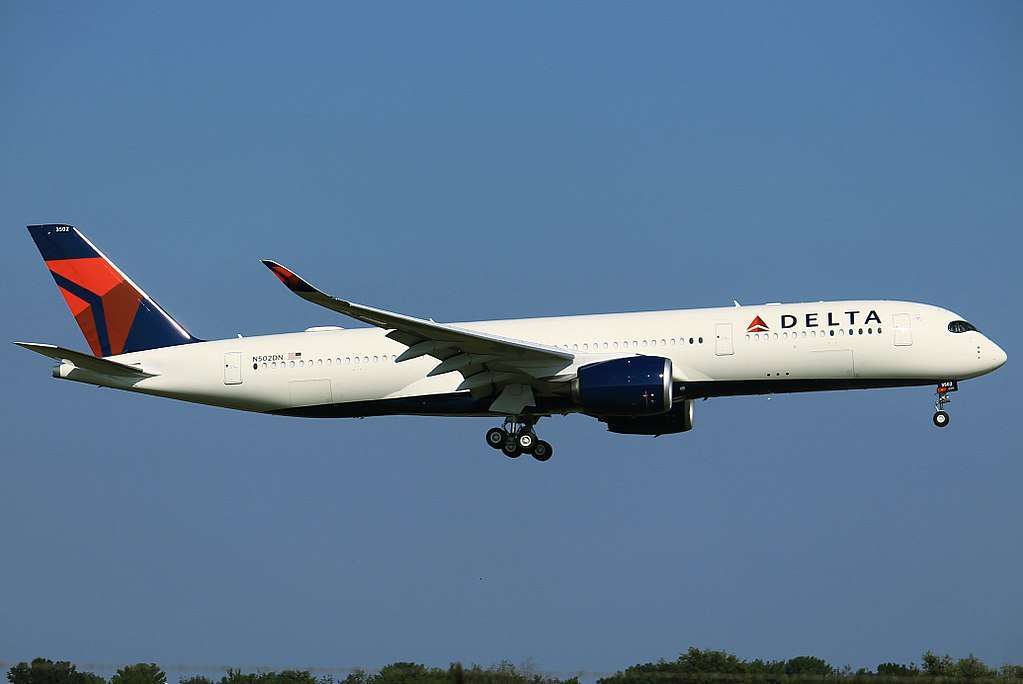A 2023 study published in the journal Geophysical Research Letters found that severe clear-air turbulence has increased by 55% over the past four decades, consistent with the expected effects of climate change.
The study’s authors attribute the increase to changes in wind speed at high altitudes due to warmer air from carbon emissions. Warmer air causes the jet stream to become more intense and meandering, which can lead to more wind shear and turbulence.
The study also found that the increase in severe turbulence is not evenly distributed, with some regions, such as the North Atlantic, experiencing more significant increases than others.
Another study, published in the journal Nature Climate Change in 2017, predicted that climate change could cause clear-air turbulence to increase by as much as 50% by the end of the century.
A number of other factors may also be considered. An increase in the sheer number of commercial flights means a potential increase in the number of aircraft transiting through regions where turbulence may occur.
Improved weather forecasting permits the detection and avoidance of regions of turbulence. However, it also holds the potential for an increase in incidences of reporting, as pilots are now more likely to become aware of it.
The FAA has developed guidance to help airlines avoid the conditions that cause turbulence and minimize the risks when airplanes do encounter it. Some of the material was based upon investigative work from the National Transportation Safety Board.
Delta Air Lines flight DL175 – August 29
On August 29, 2023, Delta Air Lines (DAL) flight 175, an Airbus A350-941, experienced turbulence during its descent into Hartsfield Jackson International Airport (ATL) in Atlanta, Georgia.
This incident sheds light on the importance of understanding turbulence, its causes, and its impact on both passengers and crew members.
The Flight Details
Delta Air Lines Flight 175 was a scheduled international passenger flight operating under Part 121 of the Code of Federal Regulations (CFR). It originated from Milan Malpensa Airport (MXP) in Milan, Italy, and was en route to ATL. Onboard were 14 crew members and 151 passengers.
[monsterinsights_popular_posts_inline]

An Unexpected Encounter
As the aircraft followed the OZZZI 1 arrival route into ATL, the seatbelt sign was illuminated in the cabin.
Roughly 10 miles before reaching the OZZZI intersection, the flight crew identified a weather radar return approximately 40 miles ahead, near the KILRR intersection.
Concerned about the weather ahead, they requested a deviation from Air Traffic Control (ATC) at around 1827.
The air traffic controller, however, instructed the aircraft to continue to OZZZI before deviating north. The flight crew accepted this instruction, mentioning that they only observed a small white cloud near the OZZZI intersection.

At this point, there were no pilot reports (PIREPs) from preceding aircraft, no nearby weather radar returns, and no significant turbulence indications on their Flight Weather Viewer application.
Recognizing the potential turbulence ahead, the relief pilot contacted the flight attendants, advising them that they might encounter turbulence in about five minutes.
This advanced warning allowed the cabin crew to prepare and secure the cabin for any unforeseen disturbances.
Inflight Turbulence Strikes
Approximately four minutes later, at around 1831, the aircraft entered an area of instrument meteorological conditions (IMC) at an altitude of about 14,000 feet.
It was within this cloud that the aircraft encountered approximately two seconds of severe turbulence. The sudden jolt and movement of the plane led to injuries among the passengers.
Declaring an Emergency
In response to the injuries and the turbulent conditions, the flight crew swiftly declared an emergency with ATC. They also requested emergency medical services (EMS) to be available upon their arrival in Atlanta.
EMS personnel met the aircraft at the gate, and approximately 11 individuals were subsequently transported to the hospital for further evaluation.
Conclusion
Turbulence is a natural occurrence in aviation, and its severity can vary from mild to severe. In most cases, regions of turbulence can be predicted and taken into consideration at the flight planning stage.
In the case of Delta Air Lines Flight 175, a routine flight encountered unexpected turbulence, resulting in injuries to passengers and crew members.
It is important to note that severe turbulence is still relatively rare, and even when it does occur, it is very unlikely to cause any serious damage to a modern aircraft.
However, the increasing frequency and intensity of severe turbulence is a cause for concern for both passengers and pilots.

Click the banner to subscribe to our weekly newsleter.









